HISTORY: Ever wonder why it’s called Ashley PHOSPHATE Road?
S.C. Encyclopedia | The South Carolina phosphate mining industry began after the Civil War and dominated world production in the 1880s. Mining began in late 1867 on plantations near Charleston after the gentlemen-scientists Francis S. Holmes and St. Julien Ravenel and the chemists N. A. Pratt and C. U. Shepard discovered that local “stinking stones” contained unusually high amounts of bone phosphate of lime (BPL).



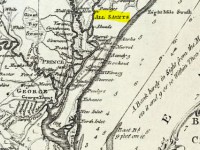


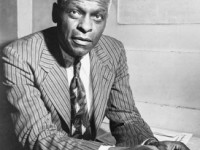

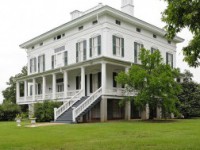
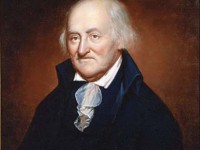
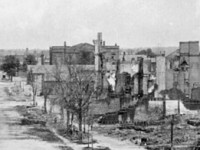
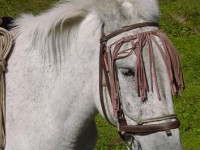

 We Can Do Better, South Carolina!
We Can Do Better, South Carolina!

























Recent Comments